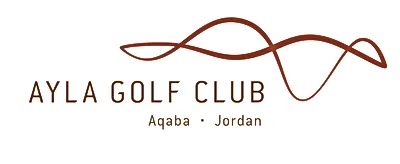Keeping desert and bunker sands separate key reason for Capillary Bunkers installation
AQABA, Jordan – Ayla Golf Club, the first all-grass course in the Middle Eastern country of Jordan, has begun a bunker renovation, installing the Capillary Bunkers liner technology supplied by CapillaryFlow.
The project will take place over three years, with greenside bunkers on the championship course being reconstructed this year, fairway ones in 2024, and those on the nine-hole par-3course in 2025.

The course, designed by Greg Norman’s firm, opened for play in 2016, and originally had the bases of its bunkers lined with a fabric-based liner. But, says course manager Atilla Demisroy, the liner began to fail quite quickly after.
“Our bunkers are quite deep and steep, typical Norman style, and also large – we have 14,000 square meters (150,000 square feet) of bunker surface – but the edges are exposed to the sun all the time, and the brutal heat beats on them. Eventually the faces start to crumble, which started to happen in 2018,” he explains. “The geotextile started to degrade and pop up, and we often caught it when we raked the bunkers. We repaired it, but soon got the point where it was popping out everywhere.”
Given its desert location, Ayla rarely gets heavy rain and does not experience the kind of freeze/thaw heave that forces courses in other environments to line its bunkers.
But, says Demisroy, keeping the white silica bunker sand and the orange/brown desert sand separate is essential if bunker performance is to be maintained, and this requires a quality liner. “We need separation to keep the integrity of our bunkers,” he says.
Demisroy saw Capillary Bunkers at a trade show and was intrigued. He considered other products, but given his location, the ease of installation of the Capillary Bunkers product was the deciding factor.
“I needed a product that we could install in-house,” he says. “For the other products I looked at, you had to have an approved crew on site to put them in, and that isn’t viable for us. The Capillary Bunkers product is quite straightforward to install – with a little training, you can do it yourself.
“The cost of any top class bunker liner might seem high at first, but when you consider how long the Capillary Bunkers product will last, it isn’t so bad at all, and I was able to justify it to my owners on those grounds. They couldn’t really understand the point until Kneale Diamond of CapillaryFlow came over and we did a test bunker. Once that was done it is easy to see the difference. The sand keeps its color and sits there untouched, looking really neat.”
The first phase of the project, the greenside bunkers on the championship course, is well under way, and will be finished in mid-March.
“I have five guys working on a bunker at one time, and another three hauling the concrete from the truck to where it is needed,” Demisroy explains. “I’m really pleased with how the project is going.”


